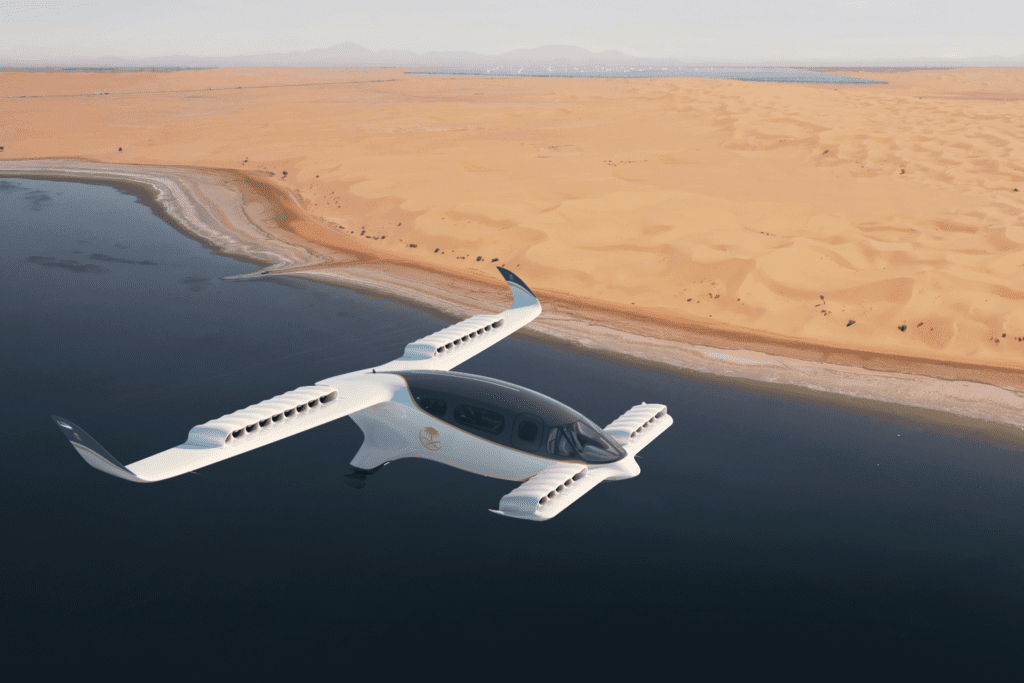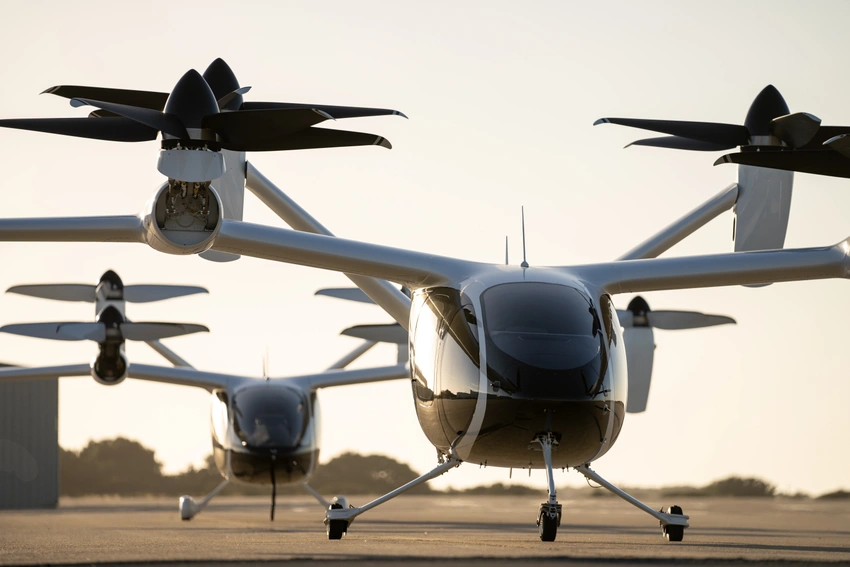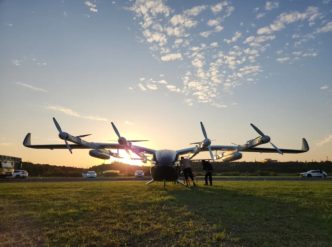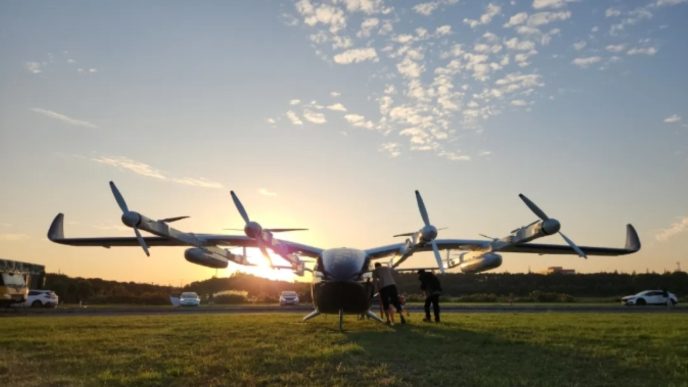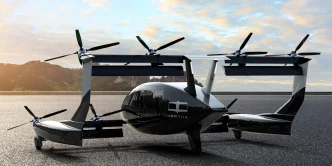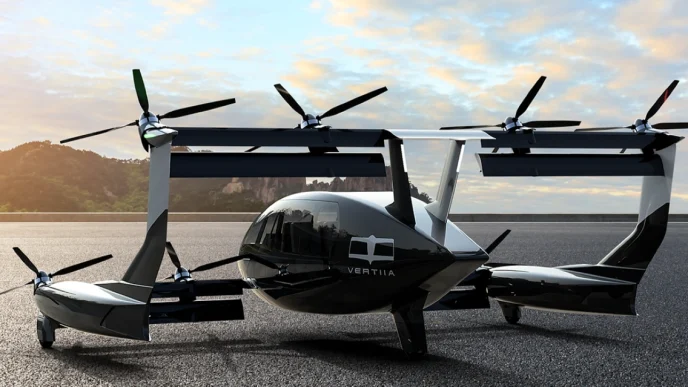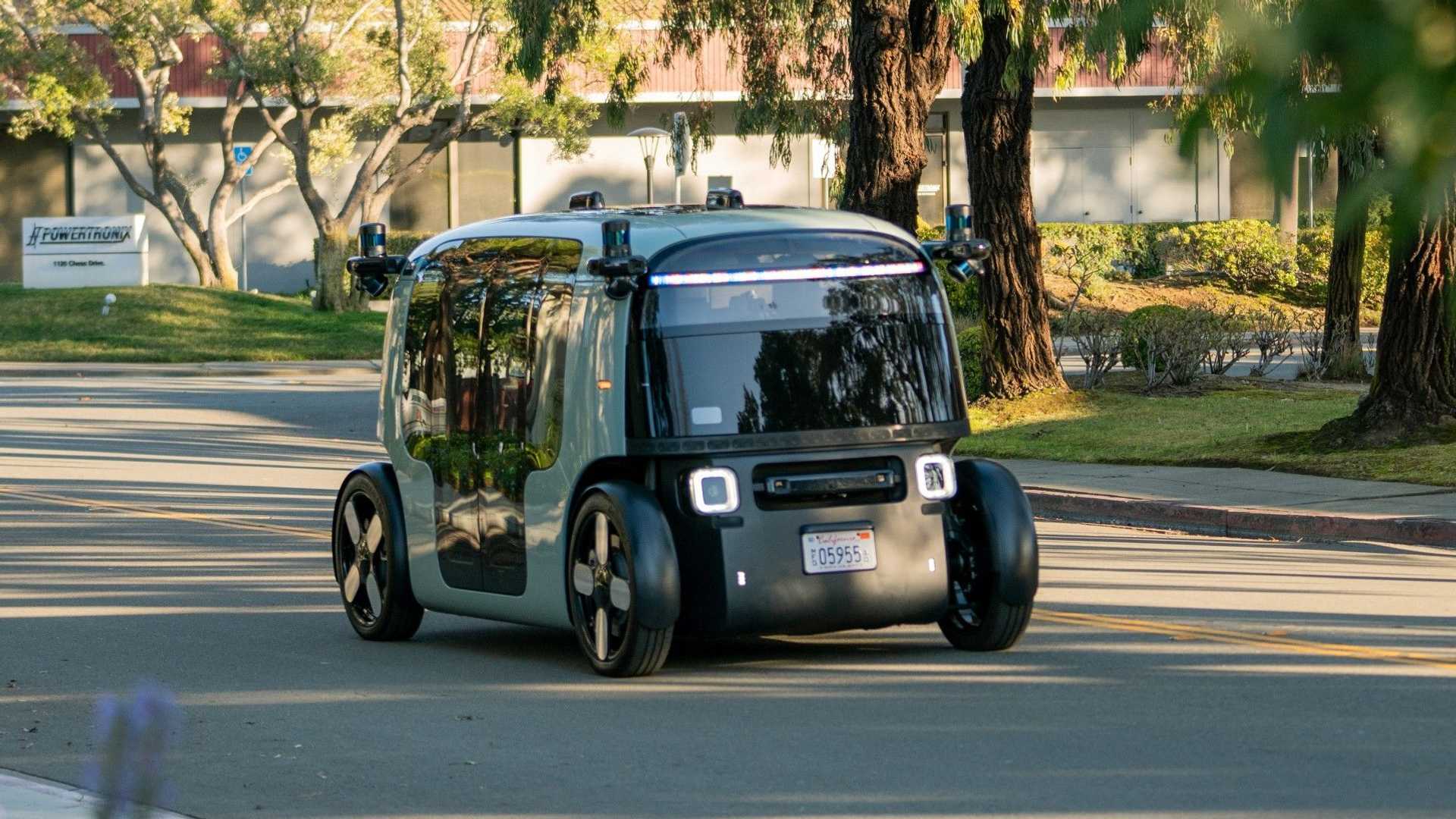A new study from Juniper Research predicts that global Advanced Air Mobility (AAM) revenue will surge to $6 billion by 2030, a significant increase from just $31 million in 2025, reflecting a compound annual growth rate of 187%. This growth is primarily attributed to Urban Air Mobility (UAM) services, which provide innovative transportation solutions to alleviate traffic congestion and reduce carbon emissions in densely populated urban areas.
The research emphasizes that building public trust is crucial for realizing this revenue potential. The integration of AI-driven systems in AAM vehicles is expected to enhance safety through real-time collision detection, ensuring safe distances are maintained between aircraft.
To facilitate the development of these systems during the early market stage, the study calls for collaboration among key industry stakeholders. Establishing frameworks for standardizing AI and cybersecurity solutions in AAM will be essential. This effort will involve regulatory bodies like the Federal Aviation Administration (FAA) and international standardization organizations such as the International Organization for Standardization (ISO). Securing these certifications is vital for vendors to build public trust and capitalize on market growth.
“Partnering with existing MaaS (Mobility-as-a-Service) providers would be a key early growth strategy for vendors. This will enable them to access an already established user base. Marketing the benefits of AAM, specifically lower carbon emissions and faster travel times, will attract this user base, especially in densely populated cities,” said research author Adam Wears.
The comprehensive research suite analyzes the advanced air mobility market, providing market analysis and forecasts for 60 countries. It includes over 14,000 market statistics covering a ten-year period, a ‘Future Leaders’ Index, and a detailed SWOT analysis of key AAM use cases.

